Valerian, Red (Centranthus ruber), packet of 20 seeds, organic
$4.95
Family Valerian (Valerianaceae)
Hardy to Zones 5 to 9
(Red Valerian, Jupiter’s Beard) Herbaceous perennial. Native to Europe. Highly aromatic cut flower of bright crimson red. Contains some of the same compounds as Valeriana officinalis. Plant prefers part shade to full sun and prefers fast-draining soils, doing fine curbside, in planters, or in the garden bed. These are very vigorous and fast-growing plants, giving showy flowers from spring all the way through to autumn. Plant seeds just under surface of soil, tamp well and keep evenly moist until germination, which occurs in 7 to 10 days. Space plants 1 to 2 feet apart.
20 seeds/pkt., Certified Organically Grown
In stock


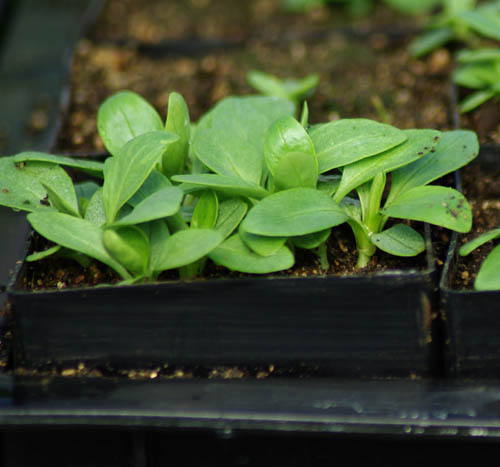
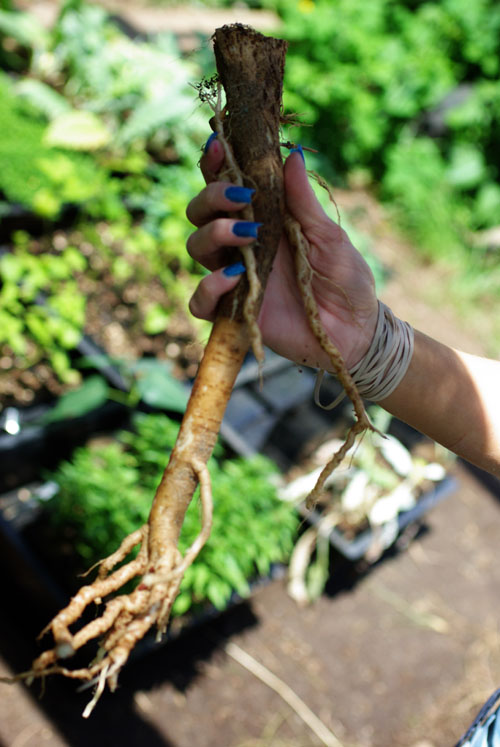
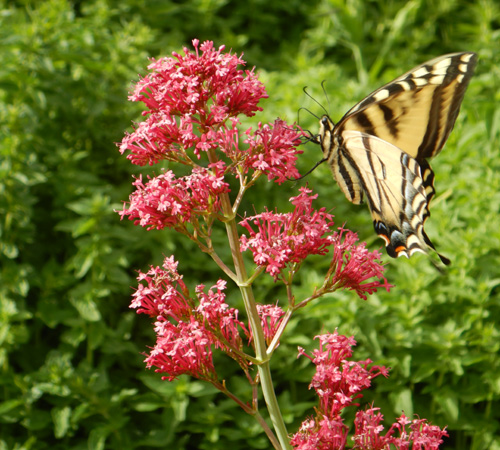
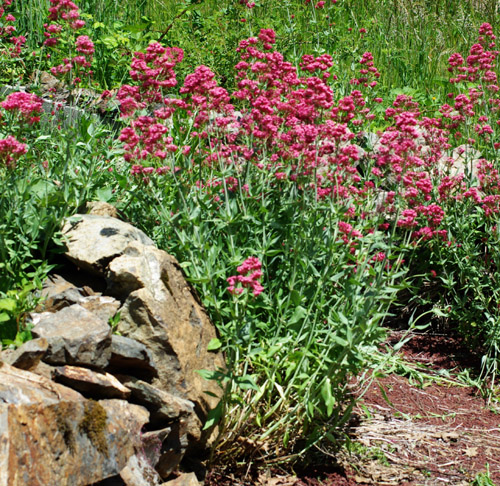
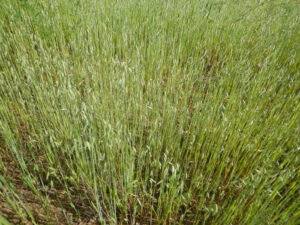


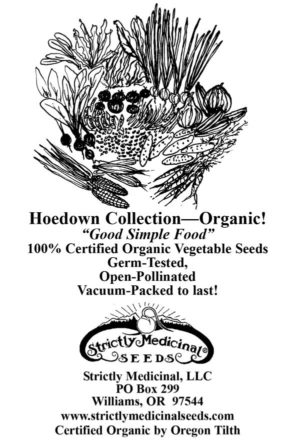
Question
Mimi –
Is red valerian a edible plant
Upvote if this was helpful (0) Downvote if this was not helpful (0) Watch Unwatch Flag for removal
Richo Cech –
edible but not that tasty. young leaves steamed, roots chopped and added to soup. might tend to put you to sleep. r
Upvote if this was helpful (0) Downvote if this was not helpful (0) Flag for removal
Manny Geraldo –
Is this the same plant from which valerian root is derived?
Upvote if this was helpful (0) Downvote if this was not helpful (0) Watch Unwatch Flag for removal
Richo Cech –
hello manny, it is not, for that you would have to find anything with the Latin name Valeriana officinalis. richo
Upvote if this was helpful (0) Downvote if this was not helpful (0) Flag for removal
Allegra –
I started out with three of these in a raised bed and found they attracted every pollinator and hummingbird in the neighborhood. Spiders moved in to dine on the pollinators and the hummers came for the nectar and to snack on the spiders before gathering the spider webs to line their nests (the circle of life isn’t all sweetness and light…). Just three plants became a small oasis that supported a number of insects, spiders, and birds (picture below).
Now I have three stands of red valerian and am planning a fourth. Since this blooms most of the year in zone 9 it’s a reliable long-lasting nectar source. It’s foliage is a beautiful green (it goes greenish-blue in winter) and the flowers are a lovely and unusual shade of dark raspberry. It’s not fussy about soil and needs minimal care, though with enough water and an occasional dose of compost tea it flourishes. Pests ignore it. And while it’s not aggressive it likes to stretch a bit, forming graceful, informal clumps that are as beautiful to look at as they are helpful to the garden. It grows in anything from full sun to full shade, though it blooms better with sun. They sometimes grow straight up and sometimes send branches down to cascade over the sides of a raised bed, making it a very entertaining plant to grow since it seems to have a mind of its own. Last but not least it plays well with others: i have it growing all manner of other plants and they’re apparently fine with anything. Beautiful, useful, and very easy to grow.
Upvote if this was helpful (3) Downvote if this was not helpful (0) Watch Unwatch Flag for removal